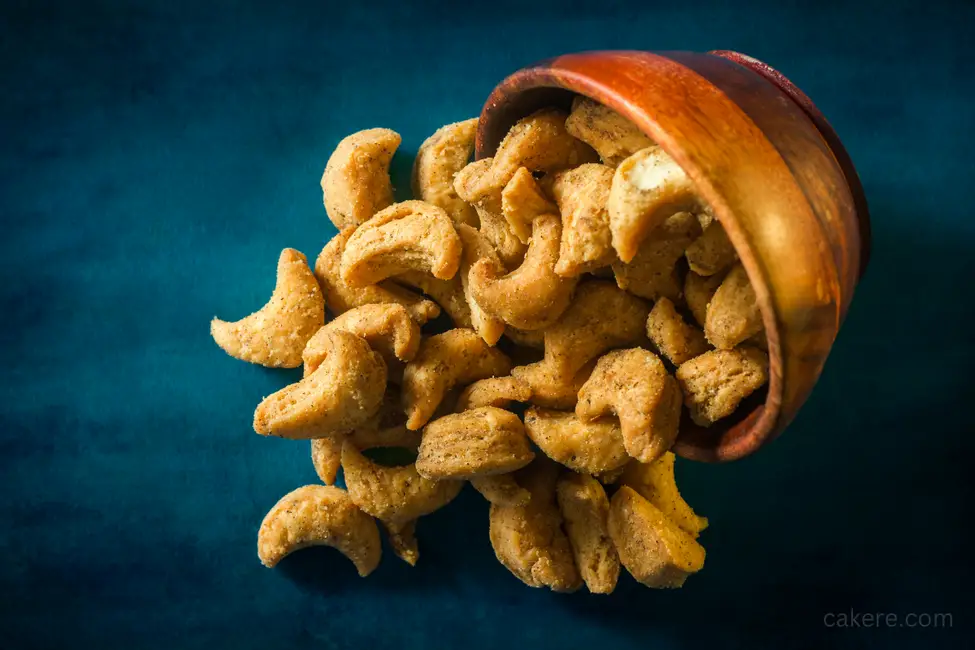Baking is a science, and every ingredient used in the process plays a critical role in the final product. Flour is one of the primary ingredients in baking, and maida is a popular type of flour used in many baked goods.
However, not many people know what maida does in baking, and that’s what we’ll explore in this article.

What is Maida?
Maida is a refined wheat flour that is made by removing the outer layer of the wheat grain. This process results in a fine, powdery texture that is ideal for making cakes, pastries, and other baked goods. Maida is also known as all-purpose flour, as it can be used in a wide range of recipes.
What Does Maida Do in Baking?
Maida serves several functions in baking, including:
- Provides Structure: Maida contains gluten, which is a protein that gives structure to baked goods. When maida is mixed with liquid and kneaded, gluten develops and forms a network that traps air bubbles. This network of gluten gives baked goods their structure and allows them to rise.
- Gives Texture: Maida also gives baked goods their texture. The fine texture of maida creates a smooth and tender crumb in cakes and pastries.
- Absorbs Liquid: Maida absorbs liquid, which is important in baking. The absorption of liquid helps to create a thick batter or dough that can hold its shape during baking.
- Enhances Flavour: Maida doesn’t have a strong flavour of its own, but it can enhance the flavour of other ingredients in baked goods. This is why it’s often used in combination with other ingredients like sugar, butter, and eggs.
How to Use Maida in Baking?
Maida can be used in a wide range of baked goods, including cakes, pastries, bread, and cookies. Here are a few tips for using maida in baking:
- Measure Accurately: It’s important to measure maida accurately, as too much or too little can affect the final product. Use a kitchen scale for the most accurate measurement.
- Sift Maida: Sifting maida before using it in a recipe helps to remove any lumps and creates a smoother texture in the final product.
- Combine with Other Ingredients: Maida is often combined with other ingredients like sugar, butter, and eggs to create a batter or dough. Make sure to follow the recipe and mix the ingredients thoroughly.
- Don’t Overmix: Overmixing the batter or dough can lead to a tough and dense final product. Mix until just combined for the best results.
FAQs
No, maida is not the same as cake flour. Cake flour has a lower protein content than maida and is milled to a finer texture.
Substituting maida with whole wheat flour can change the texture and flavour of the final product. It’s best to use maida for recipes that call for it.
Conclusion
Maida is an essential ingredient in baking, and understanding its role in your baked goods can help you create better results. By providing structure, texture, and enhancing flavour, maida plays a critical role in the final product. Remember to measure accurately, sift before use, and mix just until combined for the best results in your baking endeavors.
